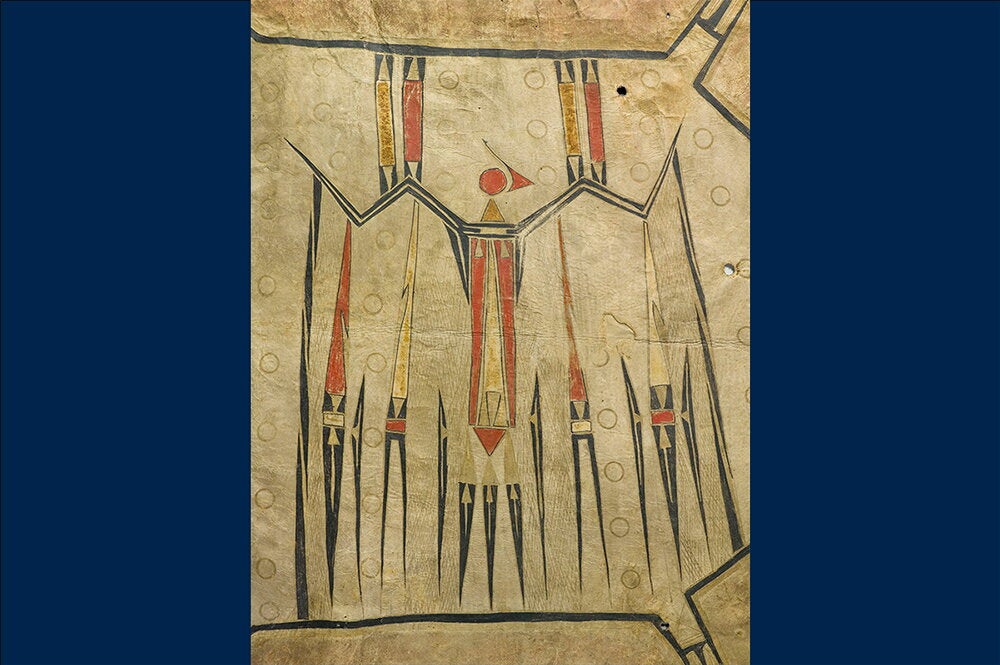

By now we’re all aware of the flaw in your basic fairytale. That is, a fragile woman breaks down in the face of adversity, and her only hope is a rational, steely eyed man. Hillary Clinton may have lost the Democratic primary, but after centuries of acceptance it’s safe to say that stereotype is under review.
What Mark Micale uncovered, however, challenges the male side of that stereotype. The LAS history professor reveals how doctors in the past—he studied generally the 18th, 19th, and early 20th centuries—suppressed the fact that men also suffered so-called “hysteria,” a broad diagnosis for psychological illness that hasn’t been used in half a century. In other words, if Prince Charming’s epaulettes ever shook in fear, his doctor likely would have covered it up for him.
Micale, who studies and teaches history of psychiatry, analyzed years of medical records in America and Europe and wrote a book, Hysterical Men: The Hidden History of Male Nervous Illness, detailing how doctors went to lengths to avoid saying men had hysteria, even while women with identical symptoms were regularly diagnosed as hysterics.
“For a couple hundred years the medical community continued to gender hysteria and other neuroses as female or feminine,” Micale says. “In observing human reality they sort of suppressed it from the record, and refrained from drawing some obvious conclusions that we would say today, which is that of course both men and women are susceptible to nervous conditions and nervous collapse and nervous vulnerability.”
In reading hundreds of 19th-century case histories, for example, time and again Micale found that instead of diagnosing a male patient with hysteria, a doctor might call it exhaustion, upset stomach, or epilepsy. They would even call it a “mystery” before acknowledging the man’s symptoms are the same as those in a woman diagnosed with hysteria.
“The term I use is diagnostic camouflage,” Micale says. “Doctors had a way of, on one hand, recording the symptoms they observed in their adult male patients, but sort of camouflaging the neurotic nature of them by applying a more acceptable diagnostic label to the case.”
Why the difference? Micale says it has to do with culture at a time when men dominated the power structure. Men controlled business, politics, and the military, and exclusively occupied lucrative occupations such as law, science, and, notably, medicine. Women were respected, he adds, but they were admired for being sensitive, emotional, and religious. Men, however, were deemed stronger, more intelligent, and rational, and with more willpower.
“If doctors began seeing and diagnosing and theorizing neurosis in men, by implication this would have called into question the dominant model of male nature and female nature which really underpinned the power structure of society at the time,” Micale says.
Over time there were exceptions. Micale discovered that in Britain, for example, there was a period in the 18th century when it was fashionable for upper-class men to be diagnosed (by doctors or by themselves) with hysteria as a sign of refined character. And later, after World War I, it became impossible to ignore the countless veterans of trench warfare who were suffering mental breakdowns. Instead of calling it hysteria, however, Micale notes that doctors picked a more masculine term—shell shock (today you might call it post-traumatic stress disorder).
“There are absolutely fashions in diagnosis,” Micale says. “We see that fact and that pattern at play over the 18th, 19th, and 20th centuries.”


